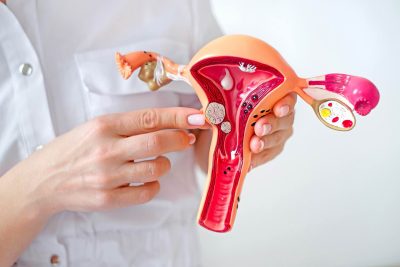Surgical Fibroid Treatment in Iran

Diagnosis of the Fibroid Condition
Diagnosing uterine fibroids involves a thorough medical history, physical examination, and advanced imaging techniques:
-
Pelvic Examination: Initial assessment to feel for abnormalities in the shape of the uterus.
-
Ultrasound: A non-invasive imaging test to visualize the fibroids, determining their size and location.
-
Magnetic Resonance Imaging (MRI): Provides detailed images of fibroids, especially for larger or multiple fibroids, and helps in planning fibroid treatment strategies.
-
Hysterosonography: Saline infusion ultrasound to get a clearer picture of submucosal fibroids.
-
Hysteroscopy: Insertion of a small telescope through the cervix to examine the inside of the uterus, often used in conjunction with treatment.
-
Laparoscopy: A minimally invasive procedure where a camera is inserted into the abdomen to view fibroids and surrounding organs.
Why Iran for Surgical Fibroid Treatment?
Iran is a top destination for high-quality, affordable fibroid treatment. With advanced medical technology, modern, accredited hospitals, highly trained gynecologists and surgeons, short waiting times, and significantly lower costs than in Western countries, Iran provides a safe and effective option for international patients. Many clinics even offer comfortable women-only facilities for maximum comfort and privacy.
Surgical Uterine Fibroid Treatment in Iran
Surgical fibroid treatment in Iran offers various surgical options that not only eliminate fibroids but, in many cases, preserve the uterus. The best treatment depends on the fibroid’s size, number, location, and whether the patient wishes to have children in the future.
Myomectomy in Iran (Fibroid Removal Surgery)
Myomectomy, sometimes called fibroidectomy, is a procedure that removes fibroids while keeping the uterus intact. It is ideal for women planning future pregnancies. There are three main types of myomectomy in Iran:
-
Laparoscopic myomectomy: Minimally invasive, using small incisions and a camera to remove fibroids with less scarring and faster healing.
-
Hysteroscopic Myomectomy: Performed through the vagina, best for small fibroids located within the uterine cavity.
-
Open Myomectomy: Involves a larger abdominal incision for an open myomectomy, typically used for larger or more complex fibroids.
Recovery time varies from 2 to 6 weeks, depending on the procedure. While myomectomy effectively removes fibroids, new ones may develop over time.
Hysterectomy in Iran (Complete Uterus Removal)
For women who no longer plan to have children or have recurring, large fibroids, a hysterectomy is often recommended. It involves the removal of the uterus. This is considered a permanent treatment for fibroids, as it eliminates the possibility of fibroid recurrence.
Types of hysterectomy include:
-
Total Hysterectomy: Removes the uterus and cervix.
-
Partial Hysterectomy: Leaves the cervix intact.
-
Laparoscopic Hysterectomy: A less invasive version with shorter recovery time.
Recovery can range from 4 to 8 weeks, depending on the procedure, and permanently resolves symptoms like pain and heavy bleeding.
Ultrasound-Guided Percutaneous Microwave Ablation (UPMA)
UPMA is a minimally invasive alternative to conventional surgery. UPMA in Iran is an advanced procedure that uses ultrasound imaging to guide a thin probe into the fibroid, where microwave energy heats and destroys the tissue. Because UPMA does not involve major incisions like myomectomy or hysterectomy does, it is a desirable alternative for women who want a quicker recovery, typically 1 to 2 weeks, with less discomfort.
UPMA is best suited for women with moderate-sized fibroids who wish to preserve their uterus. However, it may not be ideal for very large or deeply embedded fibroids.
Choosing the Right Surgical Fibroid Treatment in Iran
The ideal treatment depends on several factors, including:
-
Number and size of fibroids
-
Symptom severity
-
Overall health
-
Future pregnancy plans
Women who want to get pregnant can choose between a myomectomy or UPMA, whereas a hysterectomy is a permanent solution for those not planning further pregnancies. Consulting with a medical specialist is the best way to determine the most suitable option.
What is the Cost of Surgical Fibroid Treatment in Iran?
Iran’s modern healthcare facilities and affordable costs have made it a top destination for fibroid treatment. Procedures, such as myomectomy, hysterectomy, and UPMA, are significantly less expensive in Iran without sacrificing medical standards as compared to many other Western countries. Many of these services are offered in women-only clinics, ensuring a respectful and supportive environment.
Iran Medical Tours offers customized treatment plans tailored to each patient’s condition. With skilled professionals and state-of-the-art facilities, Iran is a leading destination for those seeking effective fibroid care at competitive prices. Feel free to reach out anytime!
Why Iran Medical Tours for a Surgical Fibroid Treatment in Iran?
Get a Personalized Treatment Plan!
At Iran Medical Tours, we offer:
-
Free consultations
-
Transparent pricing
-
Visa and travel assistance
-
English-speaking staff and support teams
-
Personalized care tailored to your condition
-
Iran recovery-friendly tours
Contact us to discuss your treatment options and get a free quote.
You may also wish to know about:
